Variation of current passing through a conductor as the voltage applied across its ends is varied as shown in the adjoining diagram. If the resistance (R) is determined at the points A, B, C and D, we will find that
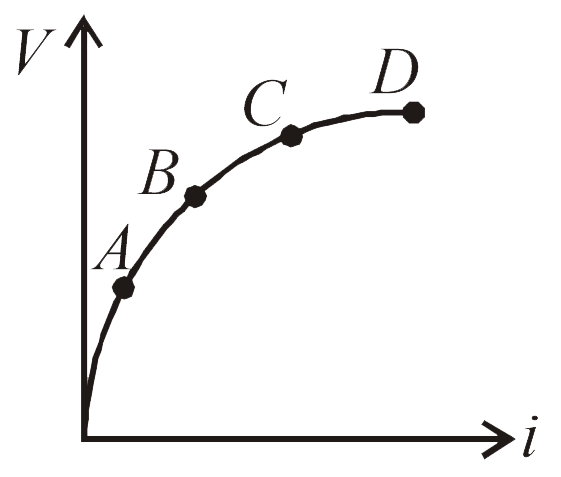
R=R
R>R
R>R
None of these
The correct Answer is:D
Step by step video, text & image solution for Variation of current passing through a conductor as the voltage applied across its ends is varied as shown in the adjoining diagram. If the resistance (R) is determined at the points A, B, C and D, we will find that by Physics experts to help you in doubts & scoring excellent marks in Class 12 exams.
Updated on:21/07/2023Topper's Solved these Questions
- CURRENT ELECTRICITYBook:ERRORLESS Chapter:CURRENT ELECTRICITYExercise:Kirchhoff s Law, cells
Explore 8 Videos
- CURRENT ELECTRICITYBook:ERRORLESS Chapter:CURRENT ELECTRICITYExercise:Different Measuring Instruments
Explore 1 Video
- COMMUNICATION SYSTEMBook:ERRORLESS Chapter:COMMUNICATION SYSTEMExercise:S E T
Explore 14 Videos
- ELECTRO MAGNETIC INDUCTIONBook:ERRORLESS Chapter:ELECTRO MAGNETIC INDUCTIONExercise:SET
Explore 20 Videos
Similar Questions
Variation of current and voltage in a conductor is shown in the adjoining figure. The resistance of the conductor is
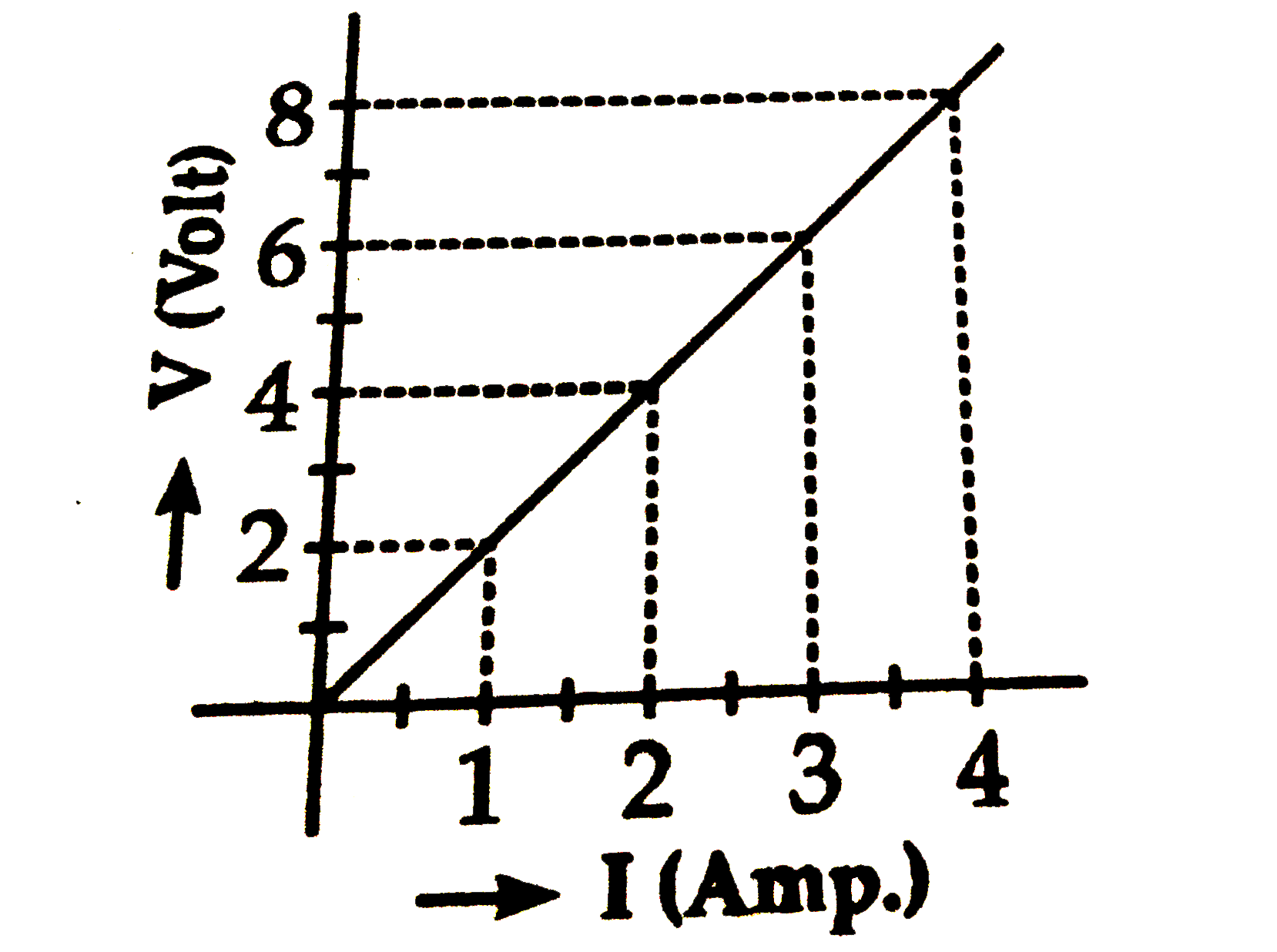
View SolutionFor a given metallic conductor , the variation of current through the conductor with potential difference applied across the conductor is shown in the given graph. If temperature of the conductor is increased , then slope tan theta
_PHY_E01_0010_Q01.png)
View Solution
Knowledge Check
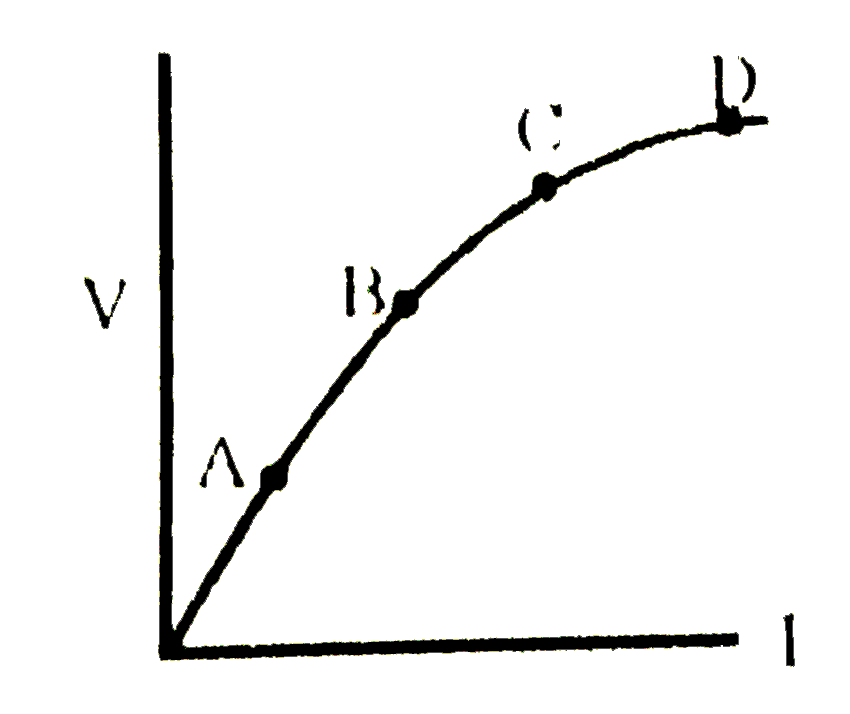
Variation of current passing through a conductor as the voltage supplied across its ends as varied is shown in the adjoining diagram. If the resistance (R) is determined at the points A, B, C and D we will find that-ARC=RDBRB>RACRC>RBDRA>RCVariation of current passing through a conductor as the voltage applied across its ends is varied, as shown in figure. If the resistance is determined at the points P,Q,T and L. We find that
 Aresistance at T and L are equalBresistance at Q is higher than at PCresistance at T is higher than at QDNone of the above
Aresistance at T and L are equalBresistance at Q is higher than at PCresistance at T is higher than at QDNone of the aboveWhat will happens to current passing through a conductor if potential difference across it is doubled and the resistance is halved?
Aremains unchangedBbecome doubleCbecomes halvedDbecomes four times
The reading of current flowing through a conductor and the potential difference its two end are shown in the ammeter and volmeter given below. What will be the value of resistance in it?
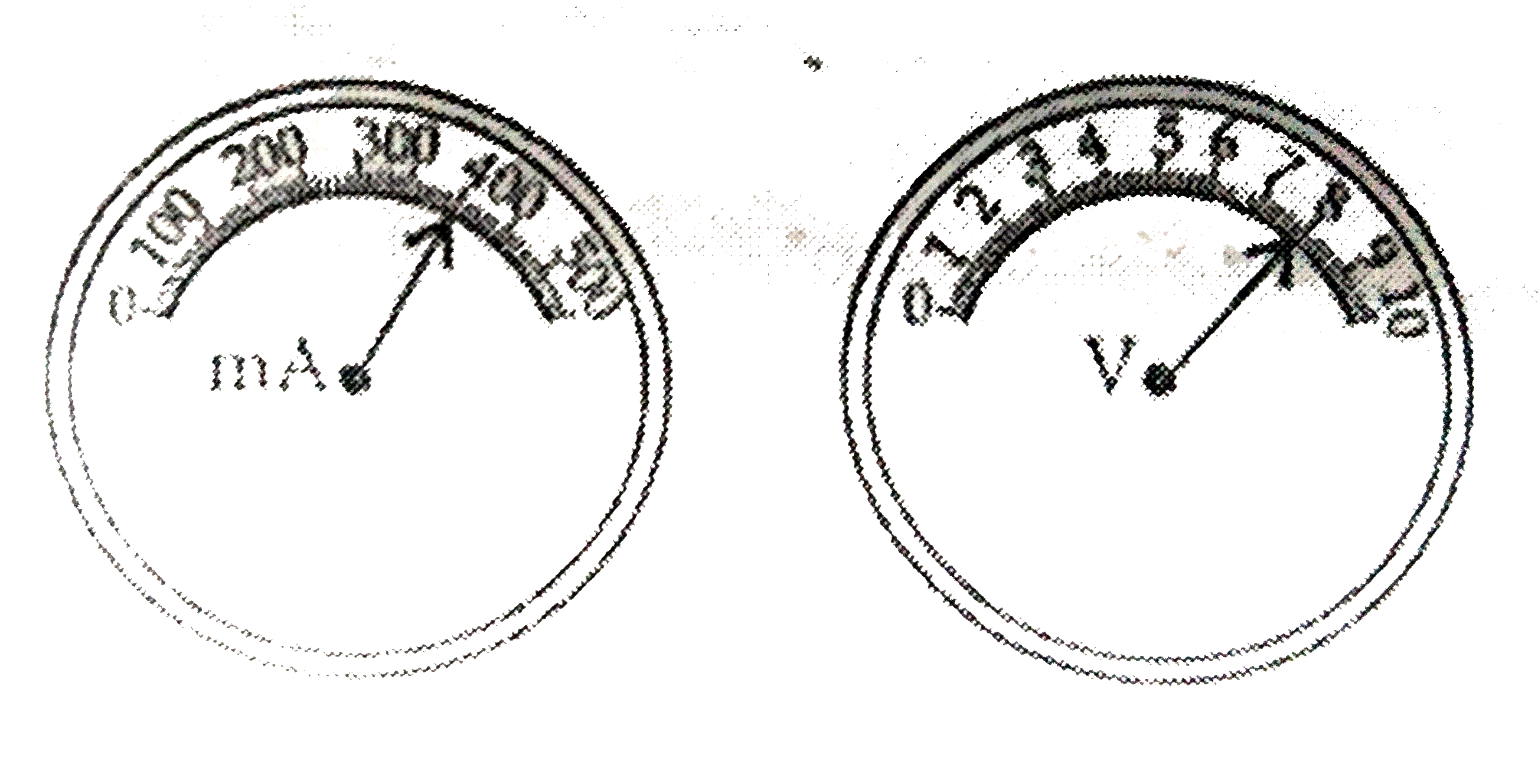
View SolutionThe current flowing through a resistor connected in an electrical circuit and the potential difference developed across its ends are shown in the given diagrams.

Find the value of resistance of the resistor in ohms.
View SolutionThe current flowing through a conductor and the potential difference across its two ends are as per reading of the ammeter and the voltmeter shown in (Fig. 3.50). Find the resistance of the conductor.
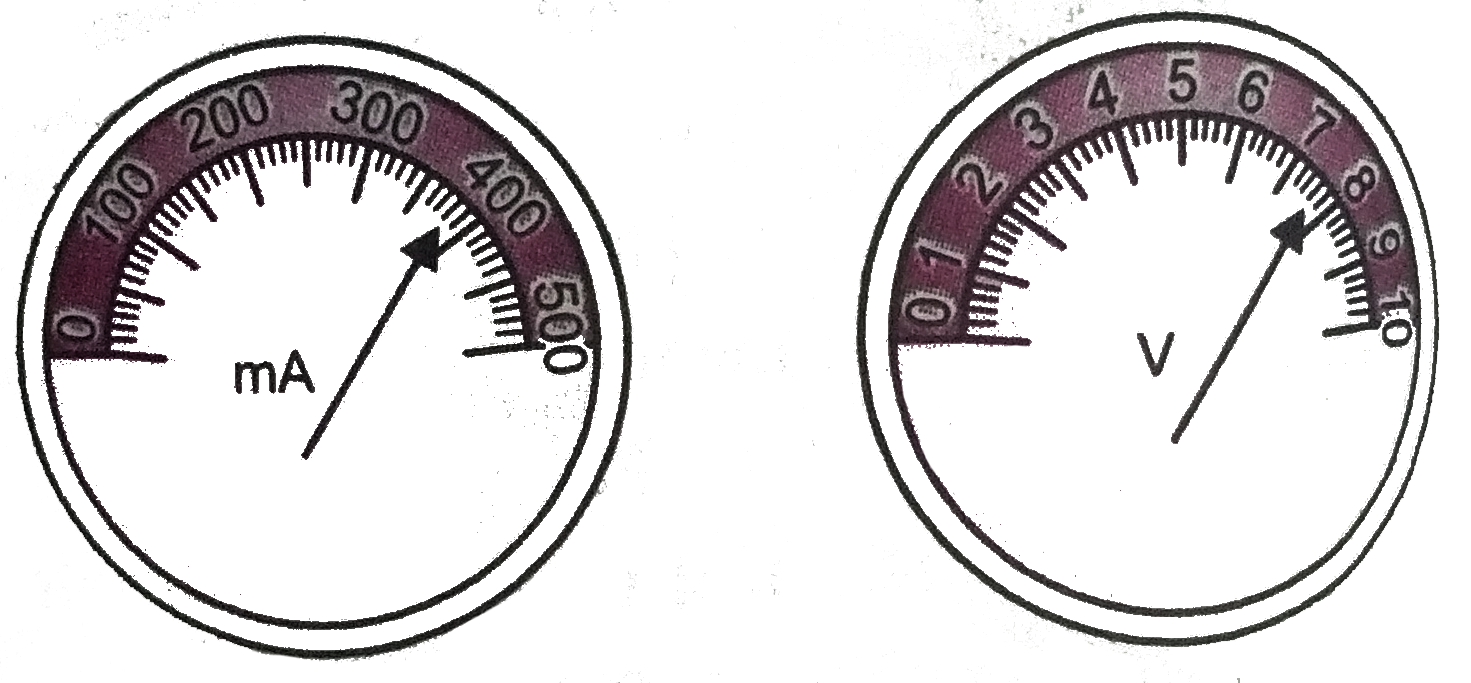 .
.
View SolutionVariation of current and voltage in a conductor has been shown in the diagram below. The resistance of the conductor is.
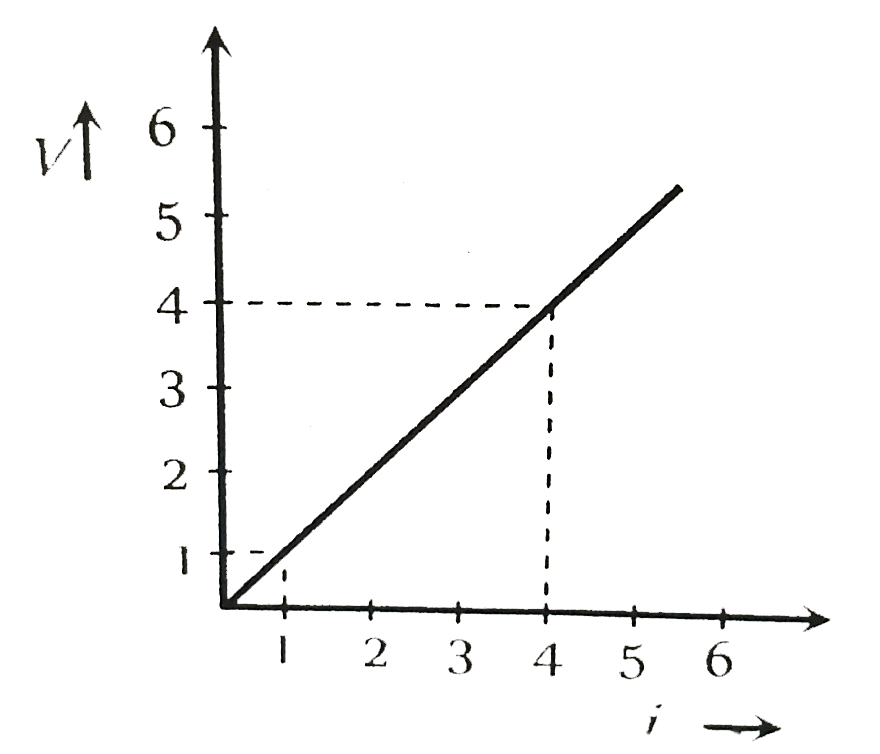
View Solution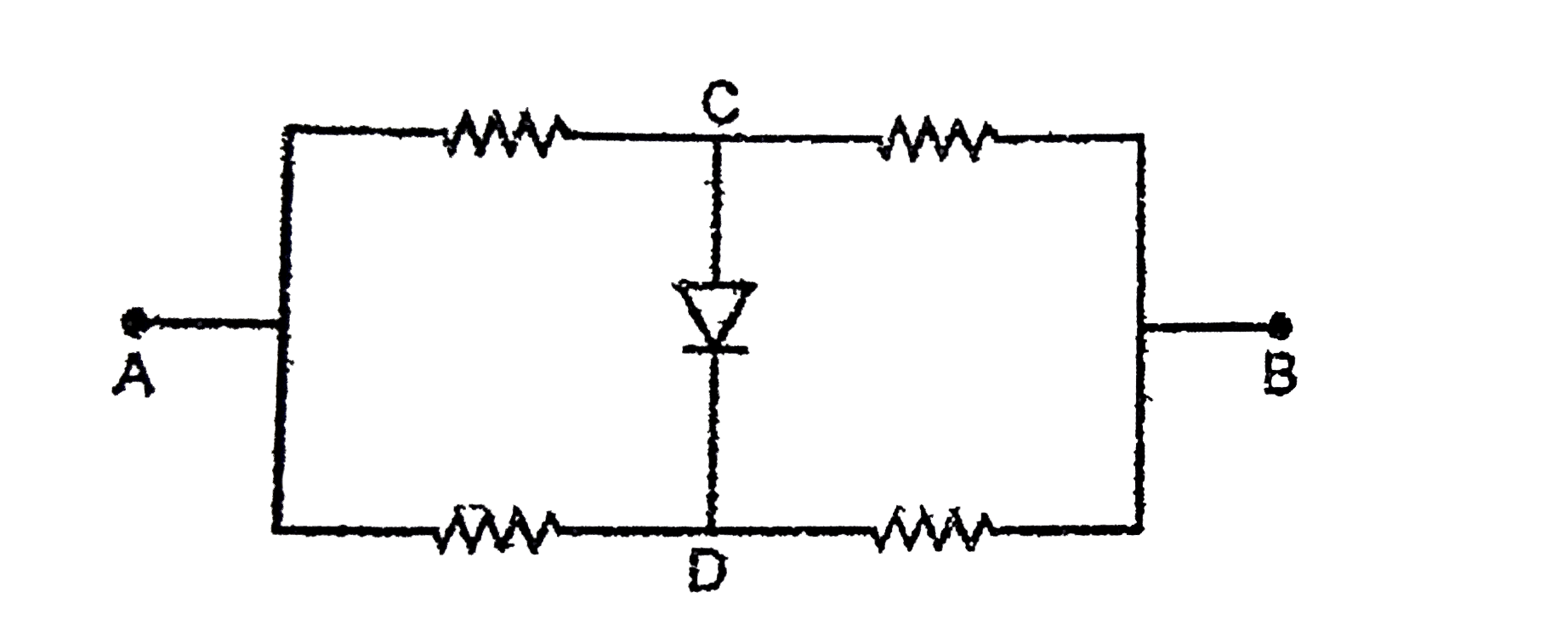
Four equal resistors, each of resistance 10 ohm are connected as shown in the adjoining circuit diagram. Then the equivalent resistance between points A and B is-
View Solution

